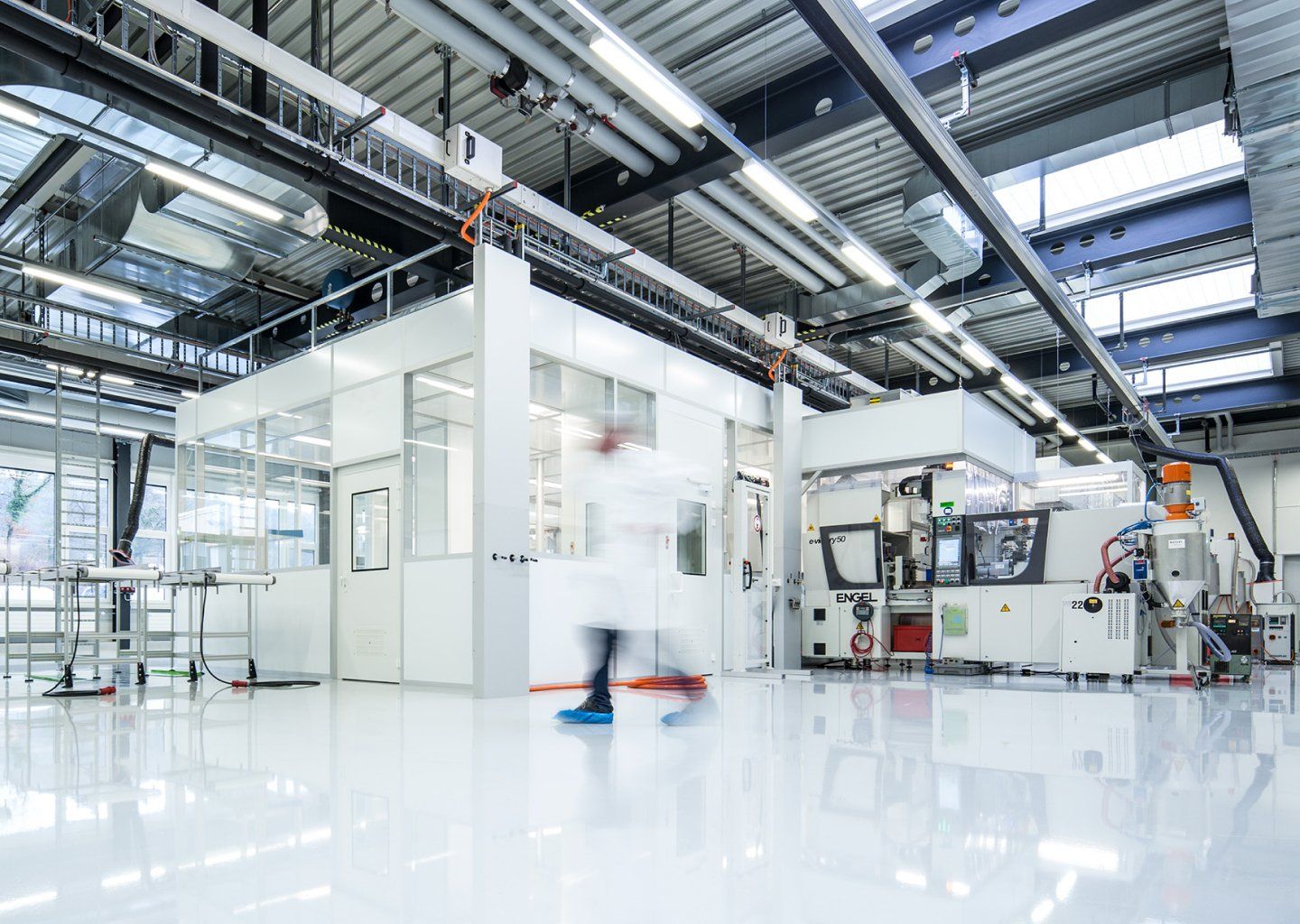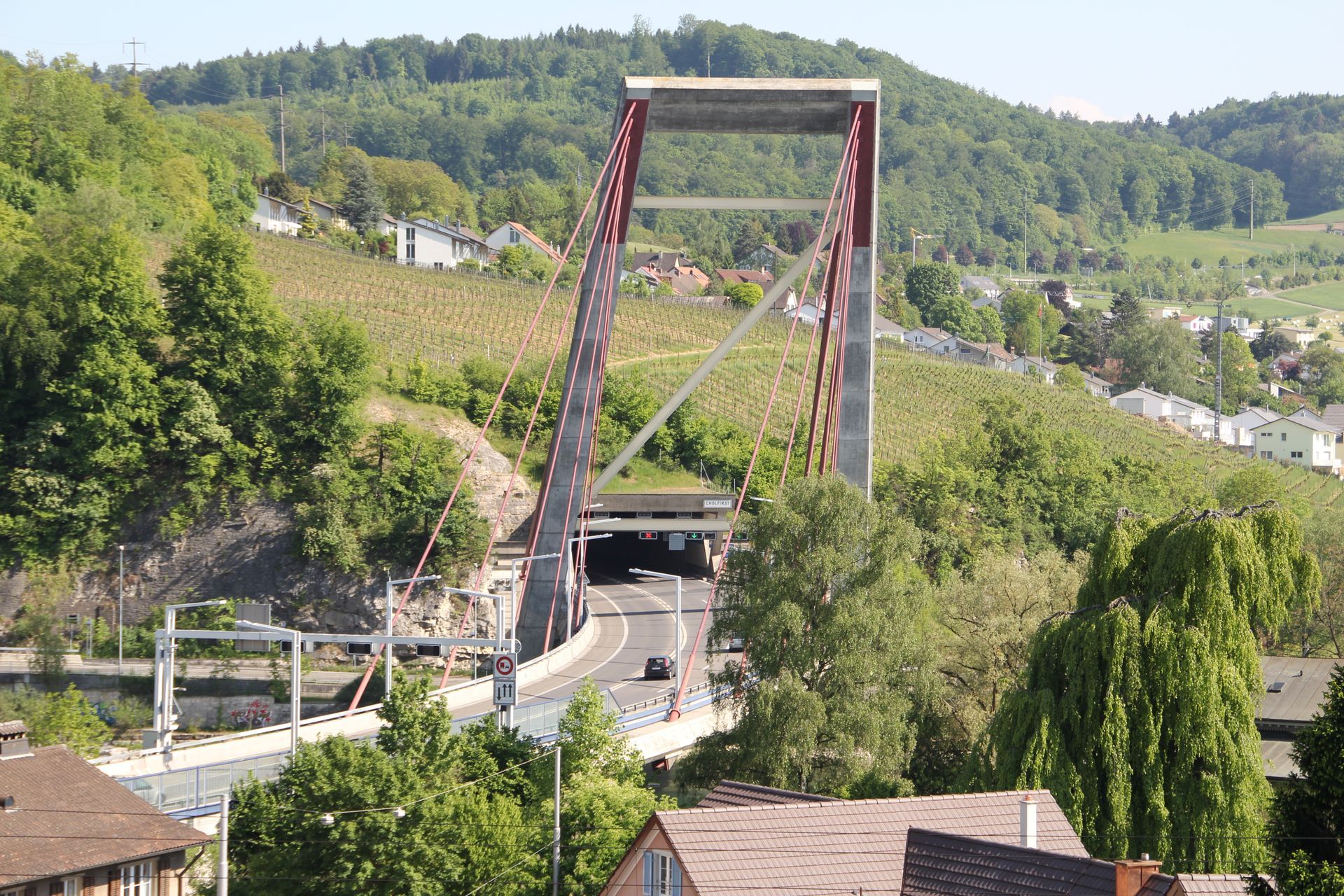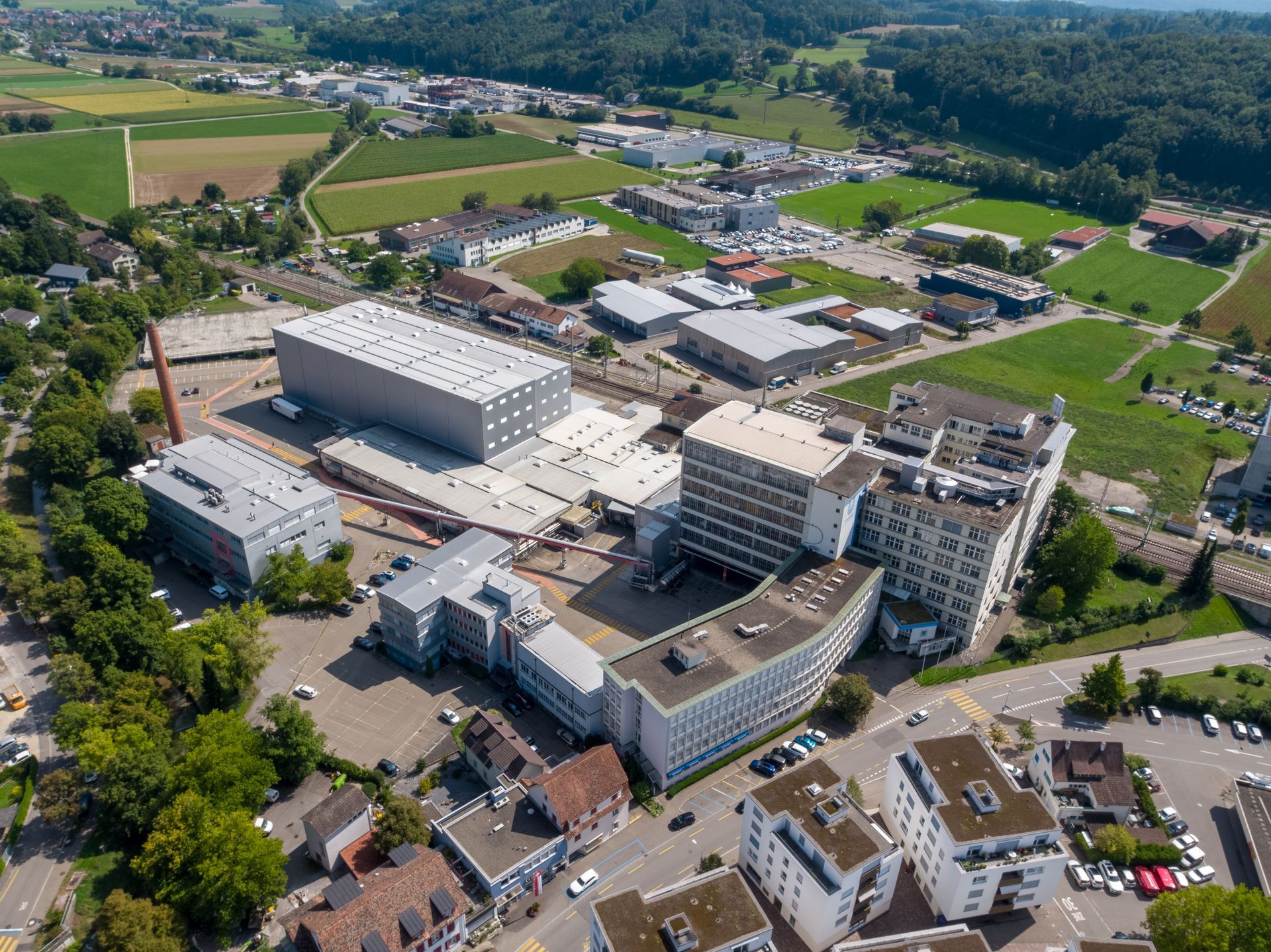Usain Bolt, Real Madrid and the Canton of Schaffhausen have something in common: all are recognised as world-class. World-class? Indeed! The Canton of Schaffhausen is one of the top locations globally when it comes to high-performance injection-mould design and manufacture, as well as the production of injection-moulded components, with clients around the world for both areas of expertise. Yet whilst Usain Bolt and Real Madrid are household names across the globe, the Canton of Schaffhausen is in the category of «World-class, but under the radar».
When clients from Asia, Australia and America need high-performance components for medtech products or food packaging, they call on the precision engineering provided by businesses in the Schaffhausen region. Indeed, the area around Schaffhausen has long been home to significant expertise, highly-skilled staff and specialist businesses both for mould-making and the manufacture of high-performance injection-moulded parts. Leaders in this field based in the region include FOSTAG Formenbau AG in Stein am Rhein, KEBO AG in Neuhausen am Rheinfall, Gebrüder Renggli AG in Schaffhausen and Stamm AG in Hallau. These companies feature below but are only a handful of the many companies in this sector in and around Schaffhausen, representing strength in depth in this specialist domain. Their products are recognised around the world for their quality: «Made in Schaffhausen». Collectively, they make up a cluster which has grown organically over decades and which has consistently invested in skills development and equipment to remain at the forefront of their sector. They continue to be leaders in their field and able to compete internationally thanks to the precision and innovation they embody. Not a complete secret, perhaps, but largely unknown.
Injection-moulded parts and mould design and manufacture
Whether you look at vehicles, mobile phones or food packaging, plastic parts are key components in so many day-to-day objects. Many are the product of an injection-moulding process which consists of heated thermo-plastic material being injected at high pressure into a specially designed mould. As the components cool and harden, they can be removed from the mould and the process begins again – in some cases, that cycle takes place thousands of times per day. Mass production. The moulds required for the process are made of metal and designed and manufactured by specialist companies. Each mould is a custom-design, with exacting stands set for precision and processing. The finished mould is then built into the component-manufacturer’s injection-moulding equipment and the production process starts. A mould may produce several million parts before it is overhauled or replaced.
How it all started
The reason why the Schaffhausen region has so many companies working in the injection-moulding sector, as mould-makers or manufacturers of injection-moulded components, can all be traced back to one man from the nearby village of Hallau: Theodor Schöttli. Originally trained as a precision engineer, Schöttli became aware of plastics during the economic crisis of the early 1930’s. He began to develop moulds for plastics in a barn. Those humble beginnings led to the creation of a number of businesses, e.g. Buchter-Schöttli, which is still based in Hallau and now trades as SMC Mould Innovation AG, Stamm AG and Schöttli AG which is located in nearby Diessenhofen and was founded by Theodor Schöttli‘s son, also called Theodor, in 1952 and which formed the nucleus of a number of other businesses in the injection-moulding and mould-making sector locally. That group includes FOSTAG Formenbau AG in Stein am Rhein, mould-maker KEBO AG in Neuhausen and Schaffhausen-based injection-moulding specialist Gebrüder Renggli AG. «Schöttli always produced highly skilled staff and that led to the creation of many injection-moulding companies and mould-makers», Urs Renggli, current M.D. of Gebrüder Renggli AG explains. This in turn led to the creation of a cluster of deep expertise within the region, making Schaffhausen a key location for high-performance injection-moulding and mould-design and manufacturing.

Innovation and expertise in Schaffhausen
The concentration of many sector businesses within the Schaffhausen area has been beneficial when competing on the international stage. «Competition makes businesses strong, keeps them fresh», according to both Daniel Bodenmann, Joint M.D. at KEBO, and Markus Mühlemann, Joint M.D. at Fostag. Being so close to others in the same field meant Schaffhausen businesses were constantly introducing new innovations because, all four M.D.s agree, innovation is essential. Hardly surprising then that one of the major innovations in injection-moulding came about in the Schaffhausen region. Theo Schöttli and Bruno Segmüller, co-founders of Fostag in Stein am Rhein, jointly developed a sprue-less injection-moulding system. This process is now used around the world, as Markus Mühlemann, Managing Partner and CEO at Fostag, explains. «Schaffhausen is the cradle of hot runner technology.» The mould-makers and injection-moulding businesses in Schaffhausen continue to develop new solutions to meet their clients’ requirements – whether that’s process optimisation or the development of new technologies and processes such as Fostag’s patented Co-Injection Technology. «Finding those innovations or improvements means allowing different departments to work together and to come up with off-the-wall ideas, which may not ultimately be feasible or viable», Detlef Moll, M.D. at Stamm AG in Hallau, sets out. However, the process can also lead to discovery of a solution which can deliver concrete results. One example is the world’s smallest mass-produced injection-moulded component which is smaller than a match-head and was recently launched by Stamm AG. Only a few months ago, this type of product was unimaginable, Moll emphasises. All four businesses have also left behind their traditional roles as mould-makers or injection-moulding component manufacturers – instead they now work closely with their clients to jointly develop new products and solutions. «Being able to get involved in the product development process motivates our staff to raise the bar», Mühlemann says.
Convincing quality
Businesses in the injection-moulding field and in mould-making alike are global in their outlook. Exports contribute between 65% and 95% of their turnover. The strength of the Swiss Franc since 2008, and especially the sudden rise in the exchange rate in 2015, has created challenges in the global marketplace. «Overnight, we were 20% more expensive than our competitors», Bodenmann explains. The dramatic change hit them hard. The other companies confirm the exchange-rate hike had led to increased pressure to cut costs. However, one of Switzerland’s traditional strengths had helped them to survive the crisis. «It is in our DNA to do very precise work», Mühlemann outlines. That leads to high-quality products. «The businesses in Schaffhausen and the surrounding area which are involved in the manufacture of consumables in the medical, laboratory or packaging sectors are all world-class», Bodenmann underlines. Clients recognise that, too. Importantly, they are prepared to pay a little more for that world-class standard and world-class reliability. Word-of-mouth recommendation is a significant factor: clients are well-connected within their fields and if you do good work, word quickly gets round. Sometimes, other players in the marketplace signpost clients towards businesses in Schaffhausen, Moll says. They say: «You need to get in touch with Schaffhausen, they can sort that for you», if they cannot produce what’s required themselves. «The client isn’t just interested in the price – they do see things in the round: how many quality issues am I having? Can I go into full production with this product and can I be sure I’ll get my delivery on time?» These are considerations which are factored into how the price is viewed. And that’s when the price is seen to be justified, Moll explains, which is also why he’s confident that Schaffhausen is set to remain a first-class location for businesses in the injection-moulding and mould-making sectors long into the future.







